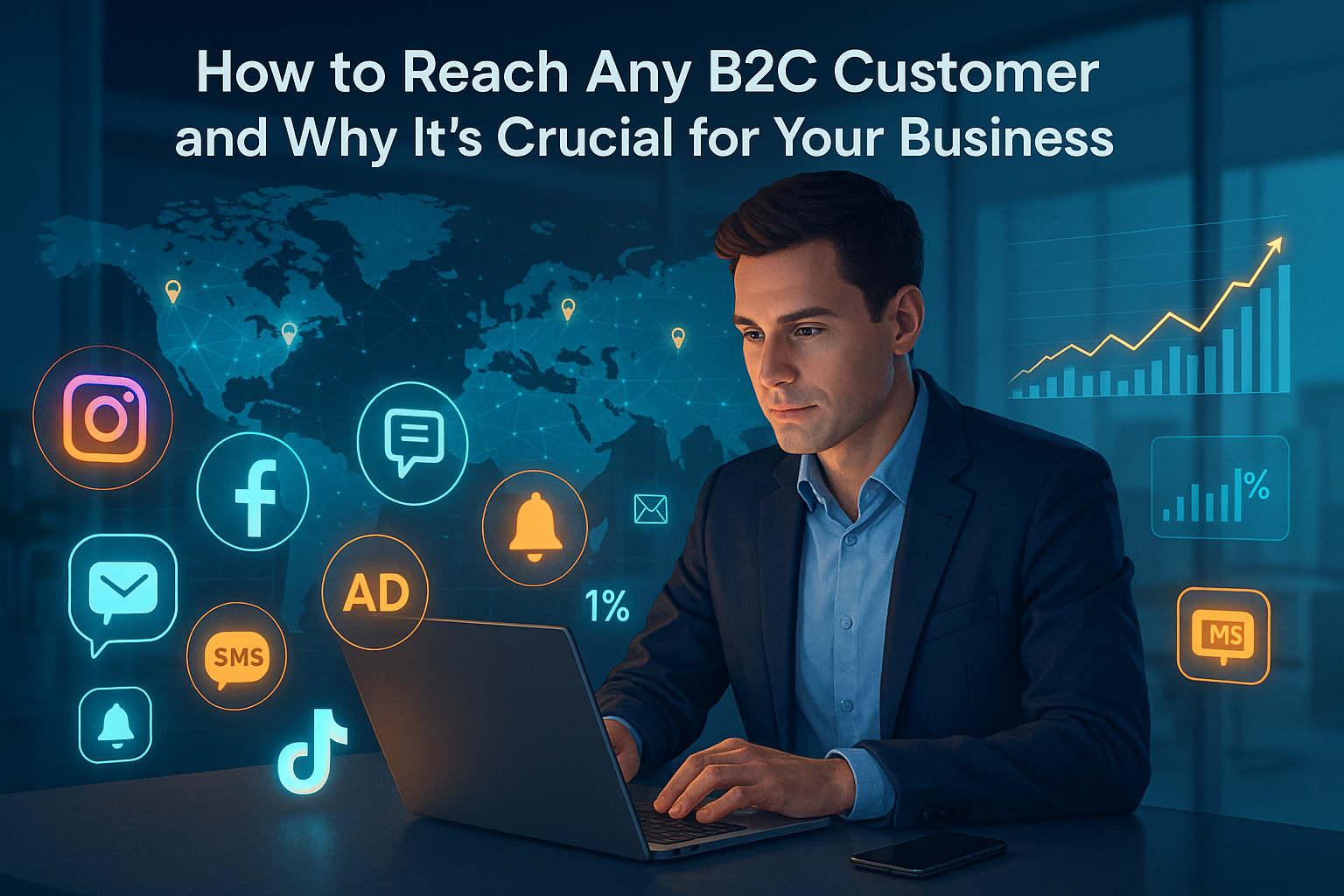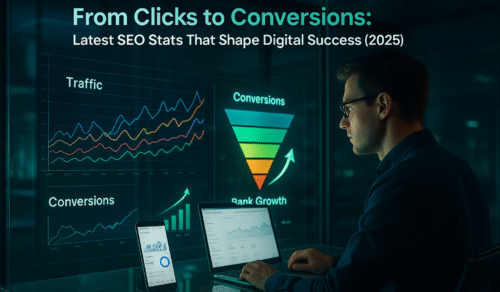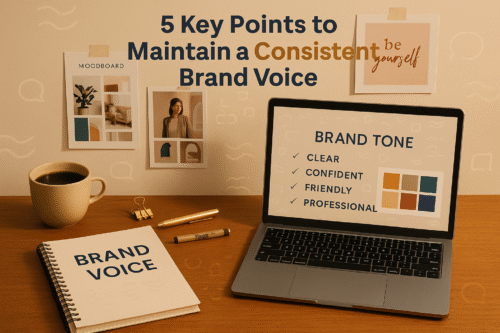Introduction
In today’s fast-paced digital marketplace, every B2C (Business-to-Consumer) brand has one big challenge: reaching customers effectively. From social media scrolls to endless email notifications, your audience is constantly bombarded with marketing messages. The real question is—how do you stand out, connect, and create lasting relationships?
The answer lies in understanding your customer deeply, knowing where they are, and delivering value in a way they can’t ignore. Let’s dive into how you can reach any B2C customer—and why doing it right could be the difference between a thriving business and a fading brand.
1. Know Your Audience Beyond the Basics
Reaching customers starts with truly knowing them—not just their age or gender, but their behaviours, challenges, and aspirations.
-
Create Customer Personas: Map out details like hobbies, preferred shopping platforms, and purchase triggers.
-
Study Digital Habits: Are they Instagram scrollers, LinkedIn readers, or YouTube binge-watchers?
💡 Example: If you sell fitness wear, your ideal audience might follow wellness influencers on Instagram, watch quick workout videos on YouTube, and search for “affordable gym wear” on Google.
2. Personalisation is Non-Negotiable
Today’s consumers don’t want generic marketing—they expect brands to speak directly to them. Personalisation can boost engagement and trust almost instantly.
-
Dynamic Email Campaigns: Address customers by name and suggest products based on past purchases.
-
Retargeting Ads: Show relevant offers to customers who visited your website but didn’t buy.
💡 Pro Tip: AI-powered tools can help you create hyper-personalised experiences without spending hours doing manual segmentation.
3. Be Everywhere Your Customers Are
Omnichannel marketing is no longer optional—it’s essential. B2C customers don’t follow a straight line from “awareness” to “purchase.”
-
Social Media: Build presence where your audience hangs out the most.
-
Email: Still one of the most effective ways to nurture leads.
-
Messaging Apps: Use WhatsApp, Telegram, or Facebook Messenger for quick, personalised conversations.
💡 Fun Fact: Brands using 3+ channels to communicate see up to 287% higher purchase rates compared to single-channel marketing.
4. Content is Still King—But Engagement is Queen
Good content grabs attention. Great content builds relationships. Use a mix of formats—blogs, reels, live sessions, and podcasts—to connect with different audience segments.
-
Educate: Share tips, guides, and how-tos.
-
Entertain: Run polls, challenges, or behind-the-scenes videos.
-
Engage: Reply to comments and DMs quickly—customers love responsive brands.
5. Leverage Data to Reach Smarter, Not Harder
You can’t improve what you can’t measure. Analytics tools help you track what’s working and where you need to tweak.
-
Track Click-Through Rates (CTR): See which campaigns grab the most attention.
-
Measure Conversion Rates: Identify high-performing offers and duplicate their success.
💡 Example: If Instagram ads drive the most sales, allocate more budget there instead of spreading resources too thin.
6. Why It’s Crucial to Reach the Right Customer
Reaching any B2C customer might sound like a numbers game, but it’s actually a precision game. Every connection you make directly impacts:
-
Brand Loyalty: Consistent engagement keeps customers coming back.
-
Revenue Growth: The right customers are more likely to convert—and spend more.
-
Market Positioning: Being the brand customers think of first in your niche.
When you consistently reach your audience in the right way, you build not just sales, but long-term trust—a currency more valuable than any ad budget.
Final Thoughts
Reaching B2C customers isn’t about shouting the loudest—it’s about speaking the clearest, showing up consistently, and delivering undeniable value. When your brand becomes part of your customer’s daily life (whether through social media, helpful content, or personalised offers), you’ve officially won their attention—and their loyalty.
In 2025 and beyond, the brands that will thrive aren’t just the ones with big budgets—they’re the ones with big understanding of their customers.
Follow Us | Our Services | Contact Us | Linkedin | Instagram







